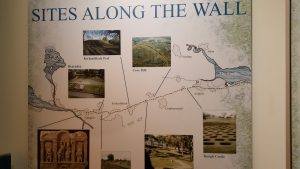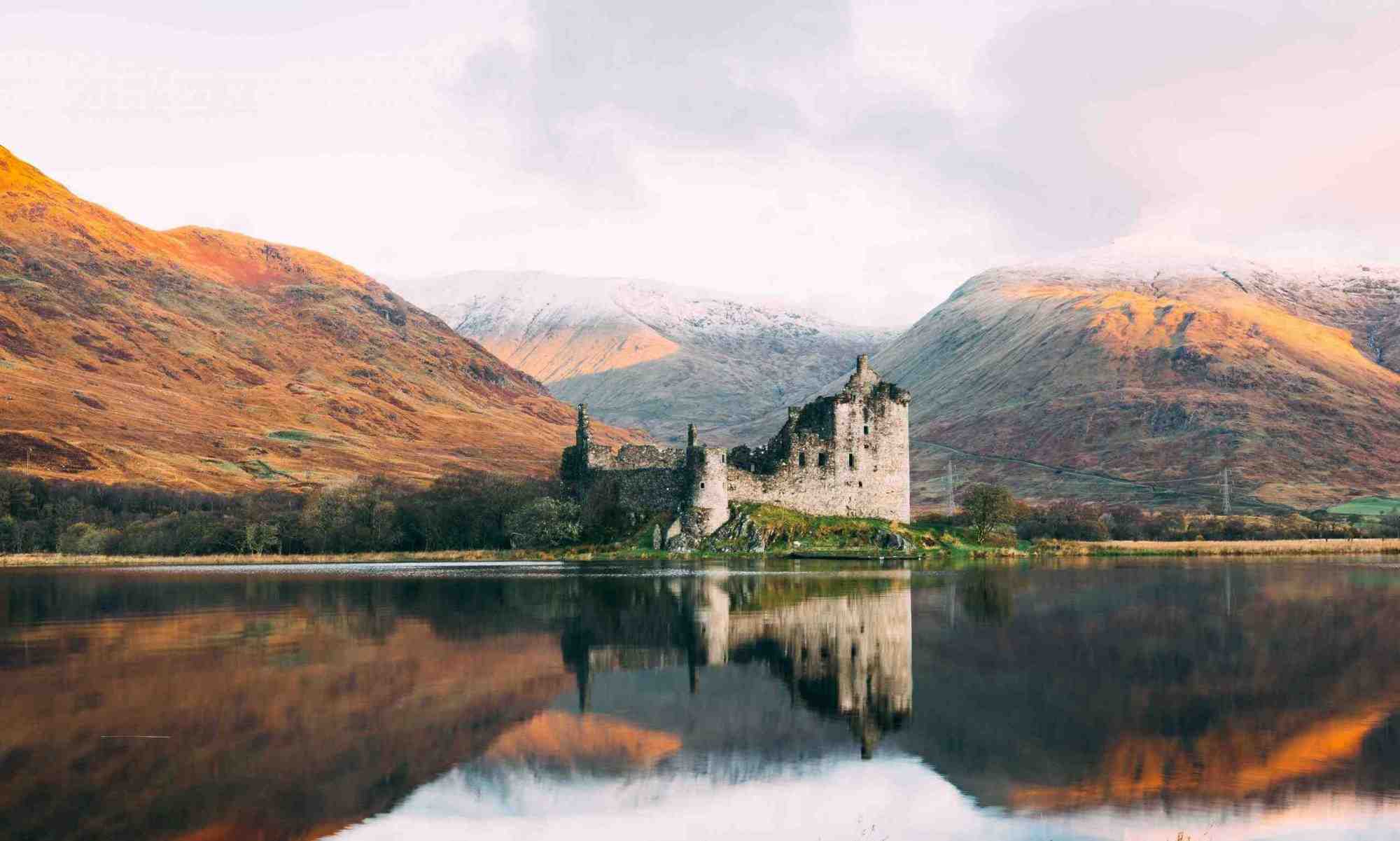Antonine Wall
The Antonine Wall is an ancient Roman defensive structure built in Scotland during the reign of the Emperor Antoninus Pius in the 2nd century AD. The wall runs for 40 miles between the Firth of Forth and the Firth of Clyde. This was designed to protect the northern frontier of the Roman Empire from the indigenous people of Scotland, known as the Caledonians.
History of the Antonine Wall
The Antonine Wall was constructed between AD 142 and AD 144 by the Roman Legions under the command of Governor Lollius Urbicus. It was built as a response to the continued attacks from the Caledonian tribes on the earlier Roman fortifications of Hadrian’s Wall. The wall was built primarily of turf, with stone foundations and ditches on either side. It was around 12 feet high and 15 feet wide.
The Antonine Wall was garrisoned by the Roman army until around AD 162 when it was abandoned in favor of Hadrian’s Wall. This was because the Antonine Wall was too difficult and expensive to maintain. Also it was not as effective as Hadrian’s Wall in keeping out the Caledonian tribes. The wall was abandoned for several decades until the Romans reoccupied it briefly in the late 2nd century AD.
The Antonine Wall today
Today, the Antonine Wall is a UNESCO World Heritage Site and a popular tourist attraction in Scotland. The remains of the wall and its associated fortifications can be seen at various locations along the route of the wall.
One of the best-preserved sections of the wall can be found at Rough Castle, near Falkirk. Here, visitors can see the remains of the fortifications, including the turf ramparts, ditches, and a section of the wall itself. There are also the remains of a Roman fort and a parade ground nearby.
Another well-preserved section of the wall can be found at the site of the Roman fort of Croy Hill, near Cumbernauld. Here, visitors can see the remains of the fort’s defensive ditches and the ramparts of the Antonine Wall.

Kirkintilloch Peel
Callendar House
Callendar house was built alongside the wall in Falkirk. Located in the grounds of Callendar park one can see the large earth mounds that once formed part of the wall. Inside Callendar house there is a free exhibition detailing Falkirk history and the wall.
Bearsden
Croy Hill
Rough Castle
Visitors to Rough Castle can explore the remains of the fortification. These include the remains of the ramparts, ditches, and other fortifications. The site also includes a number of interpretive signs and displays, which provide information about the history of the fortification and the Roman occupation of Scotland.
One of the most interesting features of Rough Castle is the series of underground storage pits. The pits were used by the Roman soldiers to store food and supplies. These pits were built into the ramparts of the fortification and were accessed via a system of tunnels.
Another interesting feature of Rough Castle is the remains of a Roman bathhouse. The discovered during excavations of the site in the early 20th century. The bathhouse was a standard feature of Roman military fortifications. These would have been used by the soldiers to bathe and relax.
The Antonine Wall is a fascinating historical site. It offers a glimpse into the lives of the Roman soldiers manning the frontier of the Roman Empire in Scotland. It is a testament to the engineering prowess of the Romans and the importance of military fortifications in ancient times.
More information can be found on the official website.

